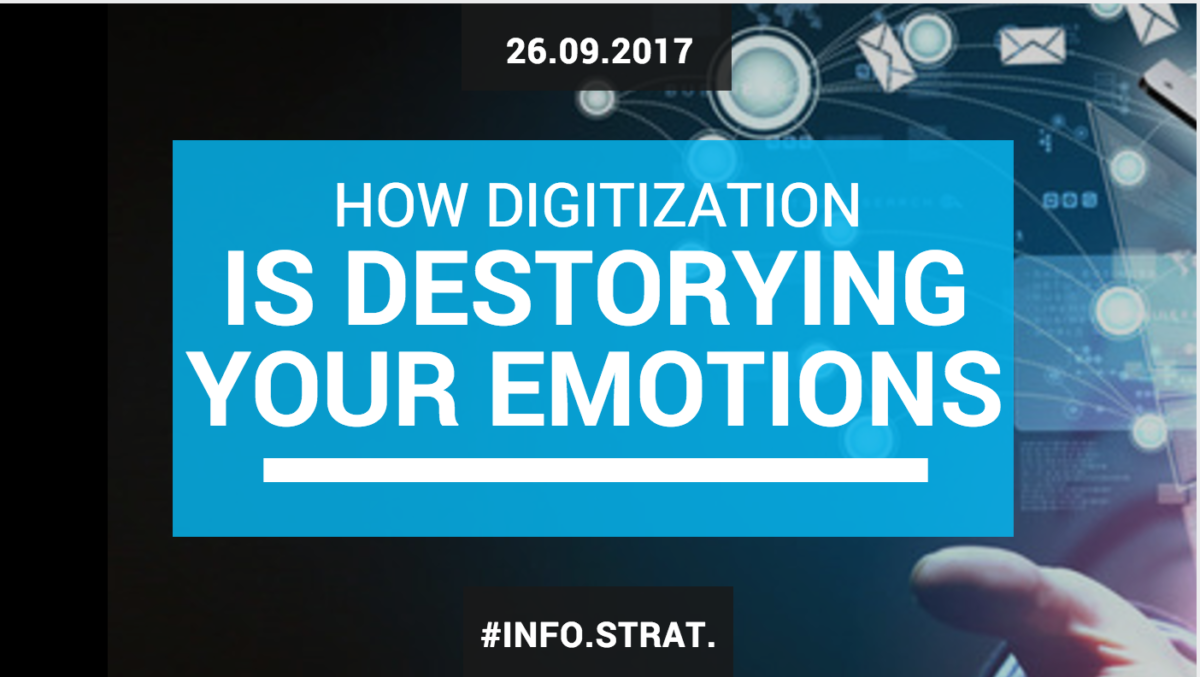Since visiting museums became popular during the Renaissance (Findlen, 1989), the industry grown to 12.1 billion dollars (IBISWorld, 2019). Only in the last year, 10.2 million people visited Le Louvre in Paris, making it the most visited museum in the world (Louvre, 2019; Orme, 2019). Maybe due to tourism marketing, maybe due to real passion for the arts, or maybe due to the power of Beyonce’s clip with The Mona Lisa, museums remain a top cultural activity, as shown by a steady 2.3% yearly growth of the industry (IBISWorld, 2019). But in an age when Google Images can give you a better close up to a piece of art, how can museums make visitors have a unique experience while in their corridors?
The answer is to make increasingly sophisticated and personalized services, reinventing the entire museum experience. And this is something that can only be achieved through the use of technology.
In fact, there are several museums that have already started implementing technologies. For example, through a visitor system based on a Nintendo, Le Louvre is now able to track what areas of the museum are most visited, and what “art routes” are preferred by their visitors. Thanks to this, the museum can have an insight on the preferences of consumers (De Geus, 2018). Another example are the technology applications developed by the Spanish company Minsait for the Vatican Museums in Rome. Through the implementation of connected systems (IoT), Minsait has developed an app that not only tracks consumer visits, but gives real time recommendations on routes and collects data on real time reactions to the works of art (El Confidencial, 2019; Minsait, n.d.). Not only does this allow for improved security measures, but it allows for personal collection of reactions on each Frescoes of Michelangelo.
It is clear that big players in the Museum industry are already looking at ways in which to change the customer experience through the use of IoT and other technologies. But will these develop into a new business model? Some experts agree that increasingly personalized data gained through these technologies might lead Museums to new models. For example, de Geus (2019) proposes a “pay-per-view” model, in which museums would charge a pre-specified amount per art-piece viewed based on insights of the most popular pieces in the museum. His article argues that this model could be similar to the one proposed by Youtube and Spotify, in which artists gain royalty based on the visits. This sounds like a revolutionary business model, attractive to those visitors interested only in those highly popular pieces of art. But a small questions pops up; who will receive the royalties for Da Vinci, Velazquez or Picasso?
All in all, we can see that museums are jumping in the train of technology to maintain and grow value creation for their visitors. Benefits are not only growth in consumer insights, but improvements in security and art recommendations. Nevertheless, we cannot forget the core underlying values of museums; a place where to collect finest pieces of art, history, and culture, from which visitors can learn and and appreciate the art of others. If museums start building their expositions and art routes based on “historical” data (the art pieces currently known and popular), how will the public get to know the future Botticellis, Van Goghs, and Warhols?
Sources
de Geus, D. (2018). Here’s What a Smart Museum Could Look Like. [online] IoT For All. Available at: https://www.iotforall.com/smart-museums/ [Accessed 24 Sep. 2019].
El Confidencial. (2019). Bienvenido al museo del futuro. [online] Available at: https://www.elconfidencial.com/tecnologia/2019-09-16/inteligencia-artificial-iot-museos-vaticanos-bra_2151975/ [Accessed 24 Sep. 2019].
Findlen, P. (1989). THE MUSEUM: ITS CLASSICAL ETYMOLOGY AND RENAISSANCE GENEALOGY. Journal of the History of Collections, 1(1), pp.59-78.
IBISWorld. (2019). Museums in the US Market Size 2003–2025. [online] Available at: https://www.ibisworld.com/industry-statistics/market-size/museums-united-states [Accessed 24 Sep. 2019].
Louvre. (2019). 10.2 million visitors to the Louvre in 2018 | Louvre. [online] Available at: https://presse.louvre.fr/10-2-million-visitors-to-the-louvre-in-2018/ [Accessed 24 Sep. 2019].
Minsait. (n.d.). [online] Available at: https://www.minsait.com/es [Accessed 24 Sep. 2019].
Orme, S. (2019). The 15 Most Visited Museums In The World. [online] Culture Trip. Available at: https://theculturetrip.com/north-america/usa/articles/the-15-most-visited-museums-in-the-world/ [Accessed 24 Sep. 2019].



